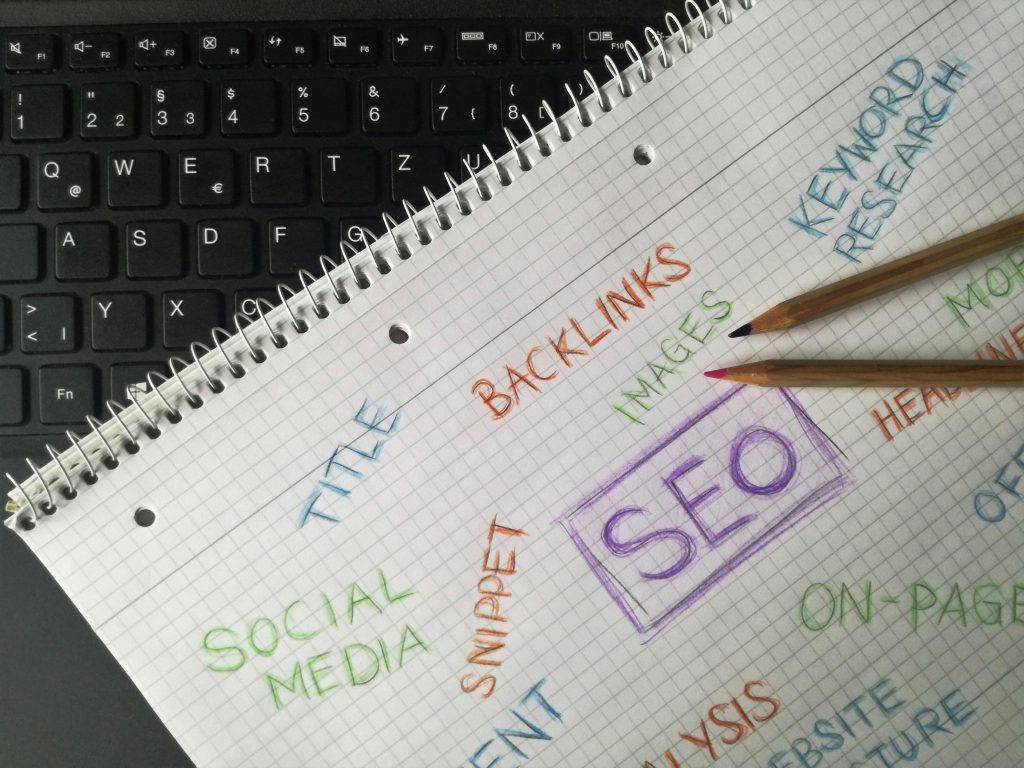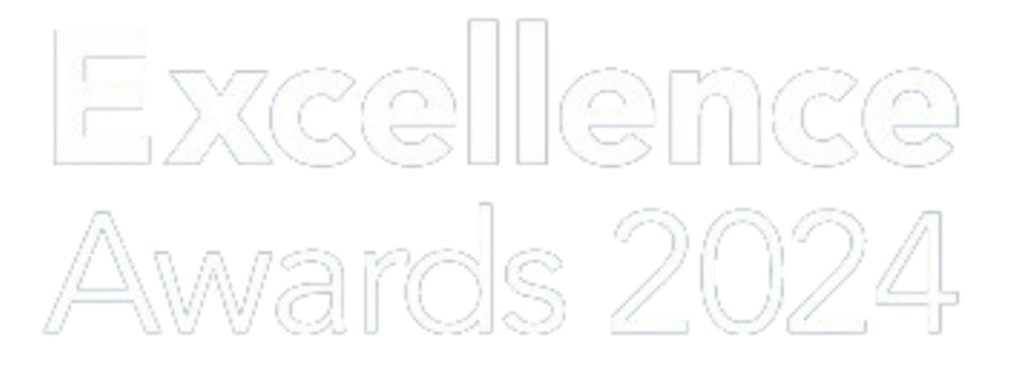In the ever-evolving world of digital PR, links remain a crucial factor in determining a brand’s online visibility and authority. A well-executed link building strategy isn’t just a tick box in your marketing plan – when done properly, this digital PR tactic can have a real impact on your results, whether you’re a home and garden brand looking to improve your search rankings or a business aiming to enhance brand awareness.
So, understanding the different types of links and the value they bring is essential, and while “link building” may be the buzzword of the moment, how many marketing managers really know their stuff?
As digital PR specialists ourselves, we appreciate that it can all seem a bit overwhelming. There’s an awful lot to learn – from differentiating between your follow and nofollow link, to putting an ROI on brand mentions with no link at all, and everything in between. In this blog, we’ll take a whistlestop look at the various types that can be achieved through digital PR, and share our predictions for the future of link building.
The evolution of link building strategies
Links have been a cornerstone of search engine optimisation (SEO) since Google’s early days. Previously, businesses could simply buy links in bulk to boost their rankings. Easy and effective, right?! Wrong! While it was easy to land links, this tactic led to a surge in low-quality, spammy links, which Google cracked down on with algorithm updates like Penguin in 2012. Since then, paid-for links have become a thing of the past, and search engines have prioritised high-quality, editorially-earned links, making digital PR an essential tool for acquiring valuable backlinks. Nowadays, though, it’s becoming increasingly difficult to land these links. With publications introducing site-wide policies against including backlinks and the increased usage of AI, it’s even harder for digital PR professionals to secure these valuable links compared to as recently as just six months ago!
The different types of links in digital PR
1. Follow links (DoFollow)
Follow links, also known as DoFollow links, are the gold standard in digital PR. These links pass authority, also known as ‘link juice’ (we know, we hate it too!) from one site to another, directly impacting search rankings. Securing DoFollow links from reputable websites can significantly boost a brand’s online presence. It’s the digital PR dream, however, they are becoming increasingly difficult to land as many online outlets now have a site-wide ban on follow links.
2. NoFollow links
NoFollow links contain a small piece of code instructing search engines not to pass link equity. While they don’t directly impact SEO rankings, they still hold a huge amount of value to brands by driving traffic, increasing brand awareness, and enhancing credibility. These are particularly important to e-commerce websites, as the more people that are directed to your website, the more likely it is that a visit will convert to a sale!
3. Brand mentions without a link
Not all digital PR coverage includes a link. Some marketing managers out there might be disappointed with a piece of coverage that contains no link at all. What’s the point, if it’s not boosting your search ranking or driving potential customers to your website, right? Well even a mention of your brand name has its benefits. Google increasingly considers unlinked brand mentions as a trust signal, helping demonstrate E-E-A-T (Experience, Expertise, Authoritativeness and Trustworthiness). Not only this, but a simple brand mention also puts your brand’s name in front of the right audience – assuming your link-building strategy factors both domain authority and audience. (Find out more about that here!).
The role of digital PR in link building
So how can you land these valuable links mentioned? Digital PR strategies help earn links by creating newsworthy, relevant, and engaging content that appeals to journalists and readers alike. This could include, but is not limited to:
- High-quality content that is informative and engaging, like our audience storytelling campaign with BASF Turf
- Advice or commentary from established experts, such as our thought leadership work with Hillier Garden Centres
- Data-driven content that contains research or statistics, like our Slow Living campaign for David Austin Roses
- Engagement-driven campaigns that involve elements of gamification or competition, such as the Henchman Topiary Awards
- Visuals, imagery or infographics to support the story
The secret to success is to aim for a diverse and balanced link profile that includes a mix of high-authority, niche-relevant, and organically earned links, ensuring both credibility and long-term SEO impact.
We love the below analogy from Siege Media:
“Digital PR is a lot like gardening. You plant your content and nurture it with engagement (links), and over time your efforts will lead to continued organic growth. Similar to growing a garden, cultivating a hearty link profile won’t happen overnight.”
The future of links in digital PR
As Google’s algorithms evolve, the role of links is shifting. Many media outlets are moving away from including links in editorial content altogether, making brand mentions and high-quality storytelling even more crucial. Additionally, Google’s focus on E-E-A-T (Experience, Expertise, Authoritativeness, and Trustworthiness) means that well-placed coverage in respected publications remains one of the most effective ways to build authority, whether or not a link is included. For brands investing in digital PR, this means focusing on compelling content, thought leadership, and authentic storytelling to secure valuable media coverage — links or no links!
Need help with digital PR?
At Honest Communications, we specialise in digital PR for home and garden brands, helping them secure high-quality media coverage that boosts visibility and credibility. Whether you’re looking to build links, increase brand awareness, or enhance your SEO strategy, we’re here to help. Get in touch today to find out how we can support your brand’s digital PR strategy!





